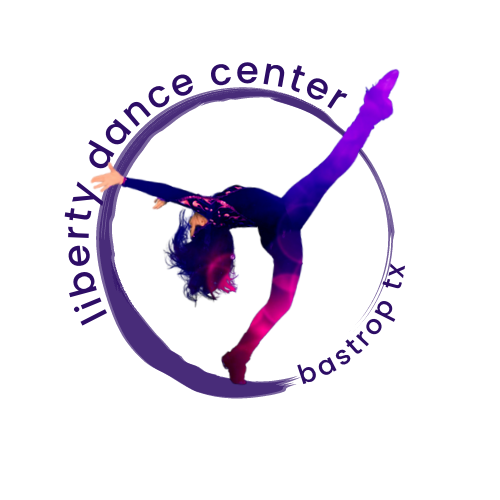Choosing the Best Dance Style for Your Kids
Choosing the best dance style for your child is a significant decision that can influence their personal development, confidence, and creativity. With various options available, parents may find themselves overwhelmed. This guide aims to simplify the process by providing insights into popular dance styles, practical advice, and actionable tips for making the best choice.
Understanding the Importance of Dance for Kids
Dance isn’t just about movement; it’s a gateway to personal growth. It helps children improve their coordination, rhythm, and athletic skills. Dance also encourages self-expression and boosts confidence. Furthermore, it provides a sense of accomplishment that can positively reinforce a child’s self-esteem.
Popular Dance Styles for Kids
Before enrolling your child in dance lessons, it’s essential to understand the characteristics of different dance styles. Here’s a breakdown of some popular options:
Ballet: The Foundation of Dance
Often considered the core of dance, ballet is the starting point for many dancers. It teaches grace, discipline, and strength. Ballet’s structured environment and the emphasis on technique make it ideal for children who thrive in rigorous settings. Statistics show that children involved in ballet develop better posture and flexibility.
Jazz: Energetic and Expressive
Jazz dance blends elements of ballet and modern dance with lively expressions and high energy. It’s ideal for children who enjoy upbeat music and dynamic movement. The fluid style of jazz helps in developing coordination and stamina. Many dance schools report high participation in jazz dance lessons due to its popularity in mainstream media.
Hip-Hop: Creative and Modern
Hip-hop is perfect for kids who love contemporary music and street dance culture. It’s approachable and often improvisational, allowing for self-expression. It’s reported that hip-hop appeals to older children and teens due to its vibrancy and relevance to their everyday music interests.
Tap Dance: Rhythm and Sound
Tap dance is all about rhythm and making music with your feet. It’s excellent for children who have an acute sense of rhythm or enjoy making noise creatively. Tap supports musicality development, with studies indicating improved timing and auditory skills among tap dancers.
Lyrical: Emotion Meets Technique
Lyrical dance combines the technical precision of ballet with the expressive freedom of jazz and modern dance. This style is perfect for children who enjoy storytelling through movement, as it often reflects the emotions and narratives conveyed in the accompanying music. Lyrical dance helps young dancers connect emotionally with their performance while improving fluidity, flexibility, and control. Dance instructors often recommend lyrical for children who want to explore creativity and expressiveness in their routines.
Contemporary: Versatile and Artistic
Contemporary dance blends elements of various styles, including ballet, jazz, and modern dance, to create a versatile and interpretive form of movement. Known for its focus on innovation and artistic expression, contemporary dance encourages children to think outside the box and embrace unique, abstract choreography. This style is ideal for kids who are drawn to artistic challenges and wish to push the boundaries of traditional dance techniques. Contemporary dance also fosters strength, balance, and versatility, making it a favorite among many dance enthusiasts.
Choosing Based on Your Child’s Personality
Selecting a dance style based on your child’s personality can lead to a more enjoyable experience. Consider these factors:
Structured vs. Free-spirited: A child who thrives on structure might prefer ballet, while a free spirit may enjoy hip-hop.
Energetic vs. Calm: An energetic child might find jazz or hip-hop exciting, whereas a calmer child could benefit from the grace of ballet.
Love for Music: If your child has a strong affinity for music, tap dance could cater to their love for rhythm and musicality.
Consulting with Dance Instructors
Before making a decision, speaking with potential instructors can provide insight. They can evaluate your child’s natural tendencies and recommend a style that matches their personality and skill set.
Trial Classes: Arrange for your child to attend trial classes in different dance styles. This can help gauge their interest and aptitude.
Observation Window: Encourage observation of a dance class through a viewing window. This lets them observe the setting, the instructor's style, and the other students without interfering with the learning process.
Dance instructors’ experiences are invaluable. An experienced teacher can identify a child’s natural skill and recommend appropriate dance lessons to help them thrive.
Evaluating Dance Schools and Lesson Options
When choosing a dance school, pay attention to these factors:
Qualified Instructors: Look for schools with qualified and experienced instructors who can provide quality dance lessons.
Reputation: Look for testimonials from other parents and check the school’s reputation in the community.
Curriculum: Ensure the school’s curriculum supports progressive learning and offers opportunities for performance.
Numerous studies highlight the importance of a positive teaching environment in cultivating a child’s interest and perseverance in dance.
Measuring Your Child’s Progress and Enjoyment
Keep track of your child’s progress and enjoyment by engaging in conversations and attending their performances. Celebrate their achievements, no matter how small. If a child isn’t enjoying their chosen dance style, consider revisiting the decision to ensure it remains fulfilling.
Feedback Sessions: Regularly discuss with instructors to assess progress.
Interest Check-ins: Talk to your child about their enjoyment and challenges in dance lessons.
Conclusion: Making the Right Decision for Your Child
Choosing the right dance style for your child is a journey of exploration and discovery. By considering their personality, consulting with professionals, and involving them in diverse dance experiences, you can guide them towards a style that will not only teach them new skills but also offer joy and self-expression.
Remember, the primary goal of dance lessons is to foster a love for movement and creativity, setting a foundation for a lifelong passion or hobby. Keep an open mind, be patient, and most importantly, encourage your child to express themselves through the power of dance.



